My account
Get into your account.
Hot topics
Astra Zeneca Tops Indian Pharma in New Introductions 2024
Analysis of Indian Pharmaceutical Market (IPM) – 2024
This data...
IMS Health Market Reflection Report for September 2016
The Indian Pharmaceutical Market (IPM) was valued at Rs. 10,278 crs in the month of September 2016 clocking a strong 10% growth over same period last year (SPLY). On a MAT September basis, the industry was valued at Rs. 111,022 crores and reflected a 13% growth with volumes contributing around 40% of this growth and New Introductions playing an important role with around 38% contribution to the overall growth.
Top 10 Indian Pharma – 2025
India's top 10 pharma companies by market capitalization, offering insights into...
MedicinMan Indian Pharma Digital Adoption Survey
Smaller Indian pharma companies bore the strongest impact from...
Bring Your Own Learning
Articles by K. Hariram, Vivek Hattangadi, DigiPharmaX, Satya Mahesh, Ajesh Shah and Phanish Chandra
Semaglutide – More Than Just a Patent Battle
The Delhi High Court has restrained Dr. Reddy’s and...
Novo Nordisk — Septerna’s $2.2 Billion Deal
A New Era for Obesity Pills
Novo Nordisk has announced...
Will TATA Succeed in Reinventing Indian Pharma Retail through 1 MG Hybrid?
Tata 1mg App Business Model: How does it work...
GSK Bets Big on Liver Disease: $1.2B Upfront for Boston Pharma’s MASH Drug
In a bold move to strengthen its hepatology pipeline,...
Indian Pharma Market Performance – April 2025
The Indian Pharmaceutical Market (IPM) maintained moderate growth in...
Semaglutide – More Than Just a Patent Battle
The Delhi High Court has restrained Dr. Reddy’s and...
Novo Nordisk — Septerna’s $2.2 Billion Deal
A New Era for Obesity Pills
Novo Nordisk has announced...
Will TATA Succeed in Reinventing Indian Pharma Retail through 1 MG Hybrid?
Tata 1mg App Business Model: How does it work...
GSK Bets Big on Liver Disease: $1.2B Upfront for Boston Pharma’s MASH Drug
In a bold move to strengthen its hepatology pipeline,...
Indian Pharma Market Performance – April 2025
The Indian Pharmaceutical Market (IPM) maintained moderate growth in...
Semaglutide – More Than Just a Patent Battle
The Delhi High Court has restrained Dr. Reddy’s and...
Novo Nordisk — Septerna’s $2.2 Billion Deal
A New Era for Obesity Pills
Novo Nordisk has announced...
Will TATA Succeed in Reinventing Indian Pharma Retail through 1 MG Hybrid?
Tata 1mg App Business Model: How does it work...
GSK Bets Big on Liver Disease: $1.2B Upfront for Boston Pharma’s MASH Drug
In a bold move to strengthen its hepatology pipeline,...
Indian Pharma Market Performance – April 2025
The Indian Pharmaceutical Market (IPM) maintained moderate growth in...
Semaglutide – More Than Just a Patent Battle
The Delhi High Court has restrained Dr. Reddy’s and...
Novo Nordisk — Septerna’s $2.2 Billion Deal
A New Era for Obesity Pills
Novo Nordisk has announced...
Will TATA Succeed in Reinventing Indian Pharma Retail through 1 MG Hybrid?
Tata 1mg App Business Model: How does it work...
GSK Bets Big on Liver Disease: $1.2B Upfront for Boston Pharma’s MASH Drug
In a bold move to strengthen its hepatology pipeline,...
Indian Pharma Market Performance – April 2025
The Indian Pharmaceutical Market (IPM) maintained moderate growth in...
Hot topics
Not Digital Solutions alone, but Business Solutions that add Value to Customers delivered via Digital Platforms
Yesterday I received a WhatsApp from a famous shoe...
Role of AI Across Pharma Industry
Introduction
Artificial intelligence (AI) is increasingly pivotal in driving innovation...
India’s Medical Devices Market: Strategic Implications and Key Investors
KKR's Investments in India's Medical Devices Market: Strategic Implications...
IMS Health Market Reflection Report for September 2016
The Indian Pharmaceutical Market (IPM) was valued at Rs. 10,278 crs in the month of September 2016 clocking a strong 10% growth over same period last year (SPLY). On a MAT September basis, the industry was valued at Rs. 111,022 crores and reflected a 13% growth with volumes contributing around 40% of this growth and New Introductions playing an important role with around 38% contribution to the overall growth.
Consumer Experience in Pharmaceutical Industry
A wholesome view of the brand shapes a customer’s...
Semaglutide – More Than Just a Patent Battle
The Delhi High Court has restrained Dr. Reddy’s and...
Novo Nordisk — Septerna’s $2.2 Billion Deal
A New Era for Obesity Pills
Novo Nordisk has announced...
Will TATA Succeed in Reinventing Indian Pharma Retail through 1 MG Hybrid?
Tata 1mg App Business Model: How does it work...
GSK Bets Big on Liver Disease: $1.2B Upfront for Boston Pharma’s MASH Drug
In a bold move to strengthen its hepatology pipeline,...
Indian Pharma Market Performance – April 2025
The Indian Pharmaceutical Market (IPM) maintained moderate growth in...
Semaglutide – More Than Just a Patent Battle
The Delhi High Court has restrained Dr. Reddy’s and...
Novo Nordisk — Septerna’s $2.2 Billion Deal
A New Era for Obesity Pills
Novo Nordisk has announced...
Will TATA Succeed in Reinventing Indian Pharma Retail through 1 MG Hybrid?
Tata 1mg App Business Model: How does it work...
GSK Bets Big on Liver Disease: $1.2B Upfront for Boston Pharma’s MASH Drug
In a bold move to strengthen its hepatology pipeline,...
Indian Pharma Market Performance – April 2025
The Indian Pharmaceutical Market (IPM) maintained moderate growth in...
Semaglutide – More Than Just a Patent Battle
The Delhi High Court has restrained Dr. Reddy’s and...
Novo Nordisk — Septerna’s $2.2 Billion Deal
A New Era for Obesity Pills
Novo Nordisk has announced...
Will TATA Succeed in Reinventing Indian Pharma Retail through 1 MG Hybrid?
Tata 1mg App Business Model: How does it work...
GSK Bets Big on Liver Disease: $1.2B Upfront for Boston Pharma’s MASH Drug
In a bold move to strengthen its hepatology pipeline,...
Indian Pharma Market Performance – April 2025
The Indian Pharmaceutical Market (IPM) maintained moderate growth in...
Semaglutide – More Than Just a Patent Battle
The Delhi High Court has restrained Dr. Reddy’s and...
Novo Nordisk — Septerna’s $2.2 Billion Deal
A New Era for Obesity Pills
Novo Nordisk has announced...
Will TATA Succeed in Reinventing Indian Pharma Retail through 1 MG Hybrid?
Tata 1mg App Business Model: How does it work...
GSK Bets Big on Liver Disease: $1.2B Upfront for Boston Pharma’s MASH Drug
In a bold move to strengthen its hepatology pipeline,...
Indian Pharma Market Performance – April 2025
The Indian Pharmaceutical Market (IPM) maintained moderate growth in...
MedicinMan was launched in 2011 as India’s 1st Magazine dedicated to the cause of Field Force Excellence in Pharma and Devices.
Read More
Headlines
Semaglutide – More Than Just a Patent Battle
The Delhi High Court has restrained Dr. Reddy’s and...
Novo Nordisk — Septerna’s $2.2 Billion Deal
A New Era for Obesity Pills
Novo Nordisk has announced...
Will TATA Succeed in Reinventing Indian Pharma Retail through 1 MG Hybrid?
Tata 1mg App Business Model: How does it work...
GSK Bets Big on Liver Disease: $1.2B Upfront for Boston Pharma’s MASH Drug
In a bold move to strengthen its hepatology pipeline,...
Newsletter
Get important news delivered directly to your inbox and stay connected!



